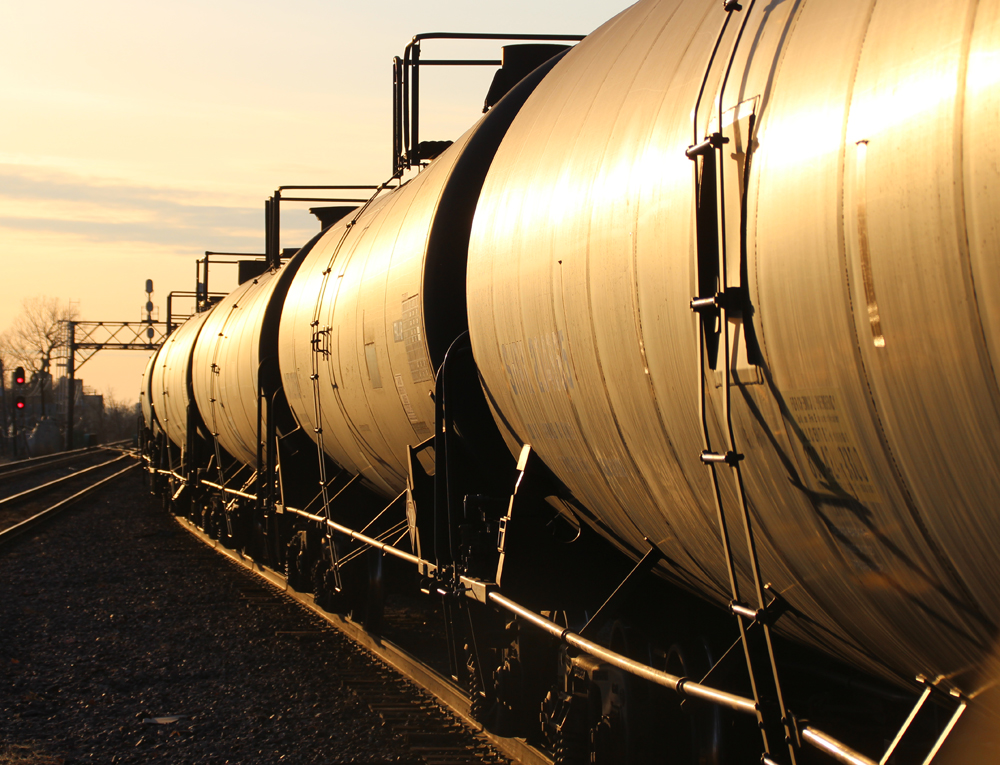
FORT WORTH, Texas — BNSF Railway has sharply increased the insurance coverage requirements for shippers of certain hazardous materials, which has prompted chemical producers to express “grave concerns” in a letter to CEO Katie Farmer.
The move comes in the wake of the February 2023 hazardous materials derailment in East Palestine, Ohio, which has cost Norfolk Southern more than $1.7 billion to date.
BNSF had required shippers of toxic inhalation hazard materials — such as chlorine — to have a minimum of $10 million in insurance coverage. Effective Sept. 1, that figure rose to a minimum of $100 million. BNSF also requires shippers to equally share liability for damages up to $1.8 billion where the cause of an accident is unclear or is caused by a third party. And the railway now requires shippers to accept full responsibility for and indemnify BNSF against liabilities over $1.8 billion.
“This 10-fold increase over BNSF’s current insurance requirement is excessive. With a limited number of insurance carriers in the market, your customers face significant challenges in obtaining coverage for their full range of products,” leaders of the American Chemistry Council, Alliance for Chemical Distribution, The Chlorine Institute, the American Fuel & Petrochemical Manufacturers, and The Fertilizer Institute wrote. “Moreover, the September 1 deadline fails to provide customers with a reasonable amount of time to work through these challenges.”
The Aug. 28 letter, which was copied to members of the Surface Transportation Board, appeared on the STB website this week.
The chemical producers also argue that liability for an accident should rest with the party that has operational control over safety. Shippers, they note, are responsible for properly packaging materials and offering a secure railcar for transportation, while railroads are responsible for mitigating risks during transportation.
BNSF says the higher insurance requirement is necessary and is a reflection of the risk involved in carrying hazardous materials shipments.
“The changes we made to our insurance requirements in our TIH tariff terms were the first ones we have made in 20 years, and none of our revisions change the basic structure that our TIH customers have always shipped under,” BNSF spokesman Zak Andersen says. “We raised the insurance requirement to more closely reflect current realities, informed by recent events. We understand that requirement is consistent with the levels of insurance these types of customers already carry in their business.”
BNSF has worked with a handful of customers who have required additional time to meet the new requirements.
“Recent events demonstrate that the risk profile for ultrahazardous movements like TIH commodities has changed since 20 years ago,” Andersen says. “An incident that involved a significant TIH release could have financial impacts that jeopardize the ability of a railroad to continue operating. We have taken reasonable steps within the guidance previously provided by the Board to protect the continued operations for all of the customers who rely on us to move their goods.”
The chemical producers suggested that BNSF made the insurance changes so that it could reject certain hazardous shipments. “That is simply not true,” Andersen says. “We have not rejected any shipments and are working in good faith with the small handful of customers who have needed time to address the changes and will continue to do so.”
Canadian Pacific Kansas City also has a $100 million insurance requirement for TIH shipments. Other Class I railroads either have a $10 million requirement or no specific requirement for TIH shipments, according to Scott Jensen, a spokesman for the American Chemistry Council.






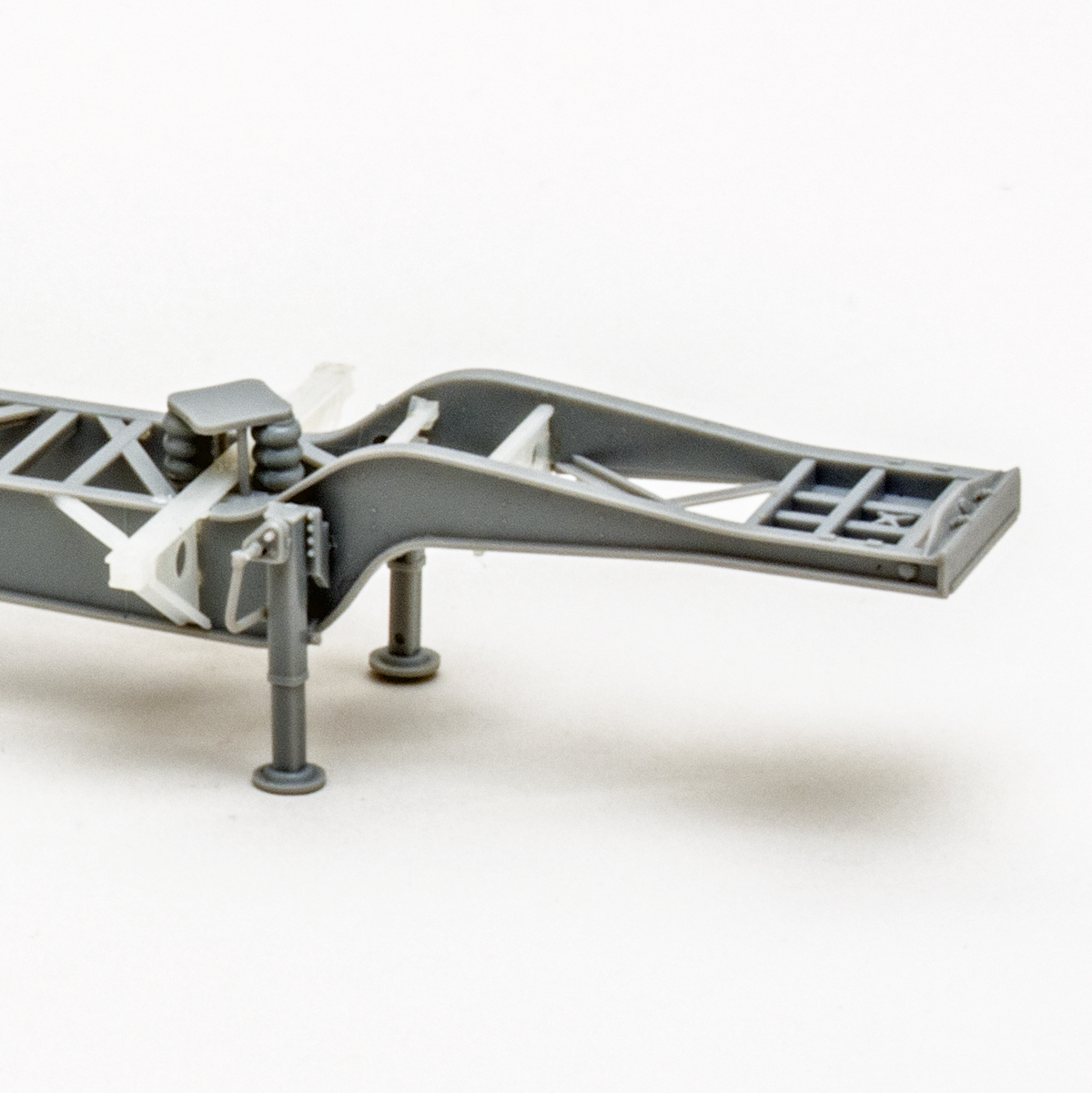
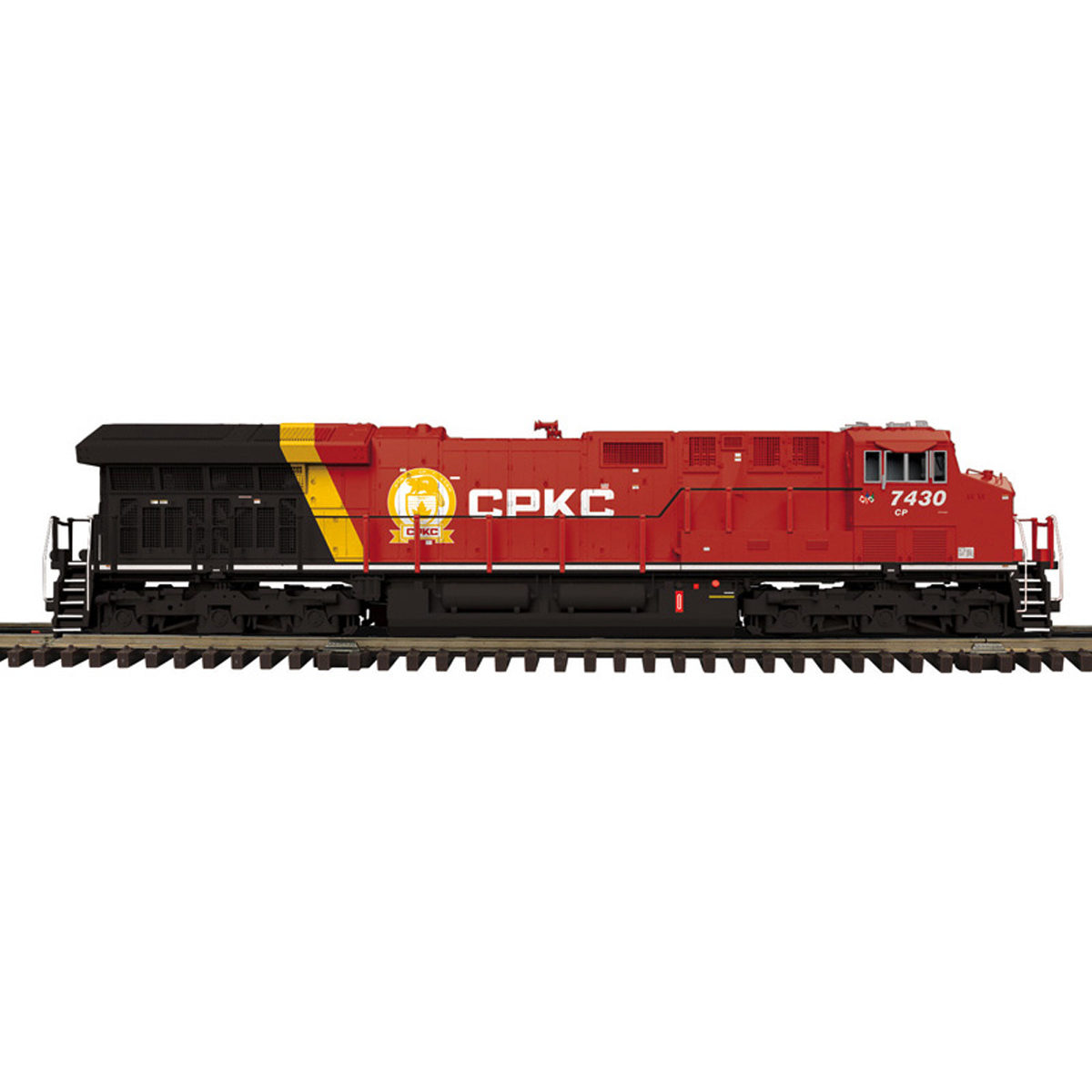
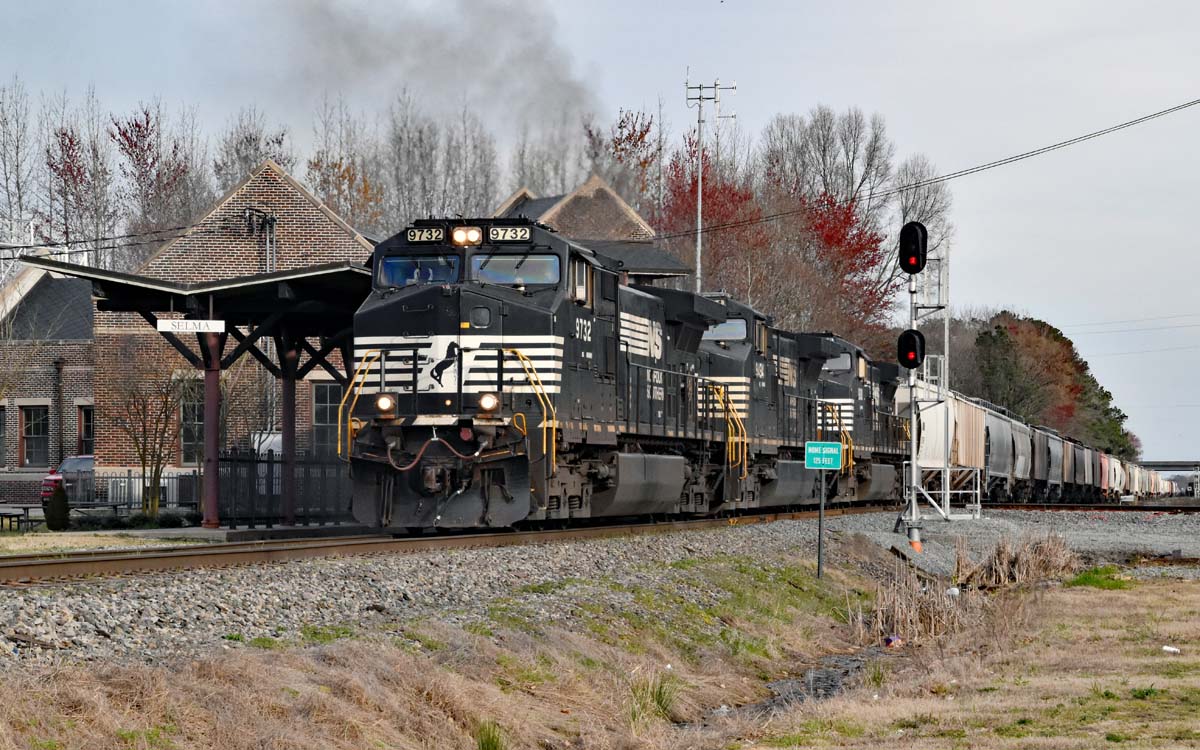
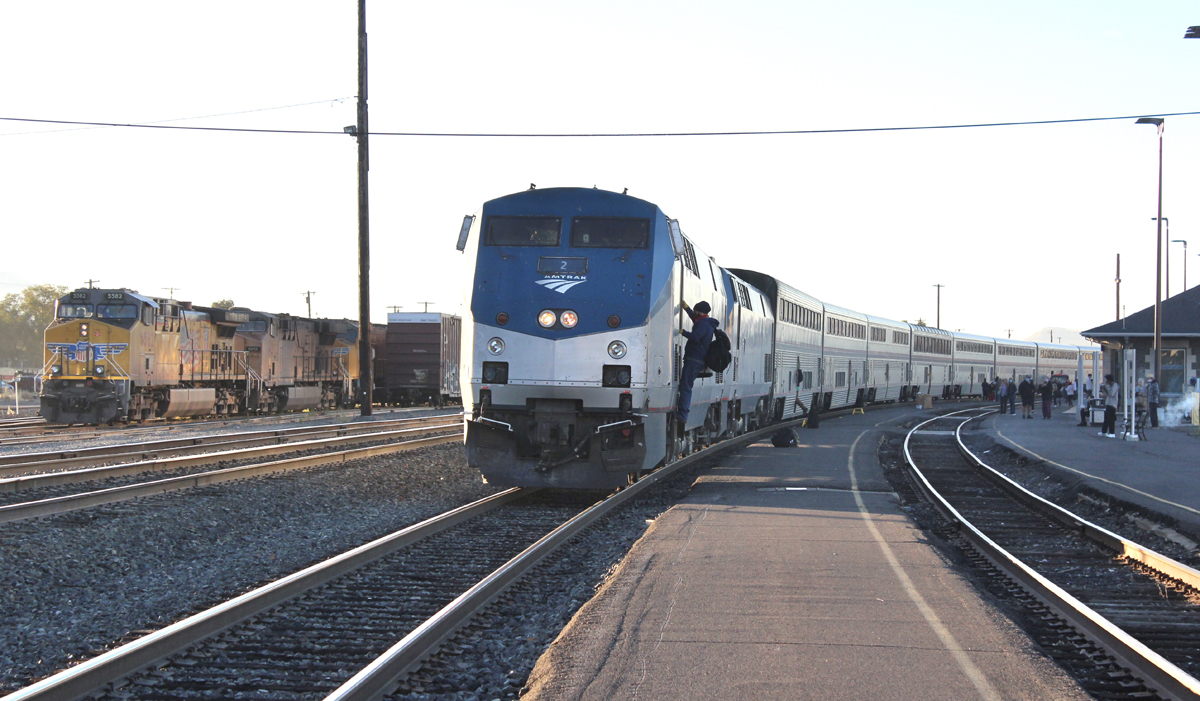




Just the beginning. East Palestine will reset the hazmat liability market, but eventually all of these derail events will catch up too. This is why some in the AAR were grumbling about how the CEO of NS was proactive in taking the lead in responsibility. It was putting out a signal that railroads have more responsibility than they would like to take on themselves.
Look for black boxes to start appearing on certain hazmat cars to push back on the liability. When the risk managers at Chemical USA start assessing their costs, they will start looking for away to ablate it and push off the blame.
I’m surprised other RR’s haven’t raised their required liability limits by now. Even more surprising is some might not have any minimum required limits.
What do the shippers expect? Using DOT 111 cars? sloppy maintenance on cars they own or worse those leased. Maybe it is time to put sensors on all trucks and wheels to detect any problem? Better Haz Mat info in case of an accident? Improved venting of haz mat cars. ETC.